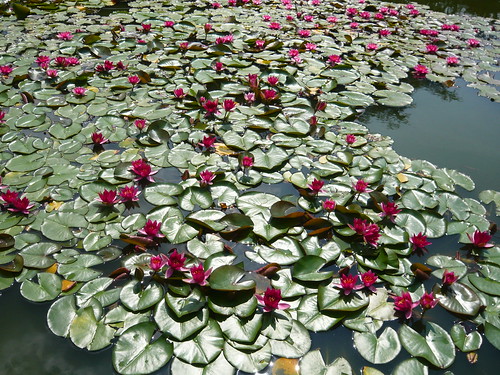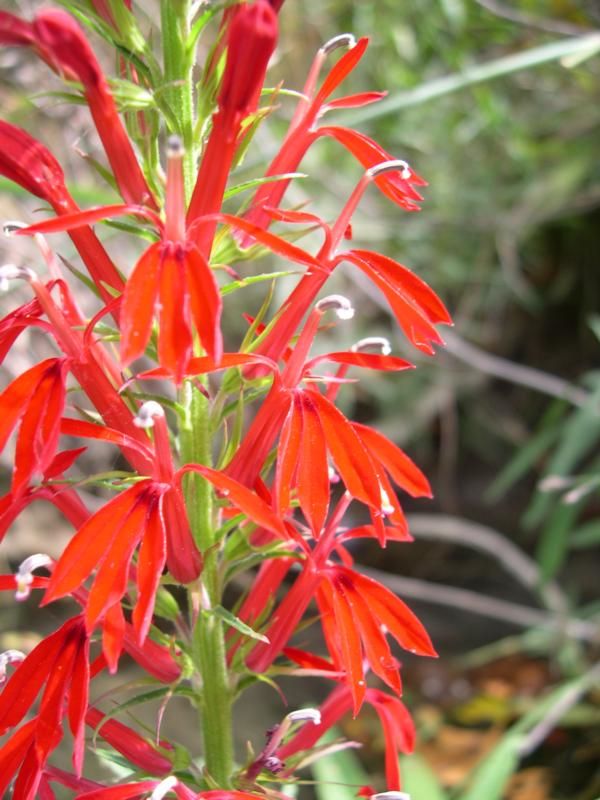Dwarf Water Lilies for Small Ponds and Barrels
You can’t throw lilies away if Lily is still wearing them (Lonnie Donegan)

If you have a lake then you can grow some brilliant Water Lilies (Nymphaea). If you have a large pond you can also grow water lilies like those above. However if you have only a small 6 inch deep area of water you can still grow Nymphaea ‘Pygmaea Helvola’ a small water lily with 3 inch yellow flowers.
Dwarf lilies are generally suited to small ponds, while some of the smallest of their kind can safely be used in tubs and half-barrels. They spread 12 to 24 inches and cover 1 – 3 square feet when fully grown.
They need a planting depth of around 6 inches and will produce a series of small but beautiful flowers over the summer.
 Available to buy from Amazon
Available to buy from Amazon
Dwarf and Small varieties to consider
- Nymphaea ‘Aurora’ – a compact ‘changeable’ variety, suited to tubs as well as small ponds.
- Nymphaea ‘Paul Hariot’ – another ‘changeable’ it has big flowers for a dwarf variety.
- Nymphaea pygmaea’Alba’ – a tiny flowering variety ideal for the smallest of water features.
- Nymphaea ‘Laydekeri’ – various Laydekeri varieties exist that are ideal for even very small ponds.
- Nymphaea tetragona – “White Pygmy”





